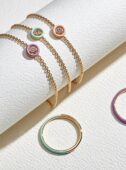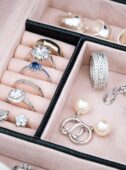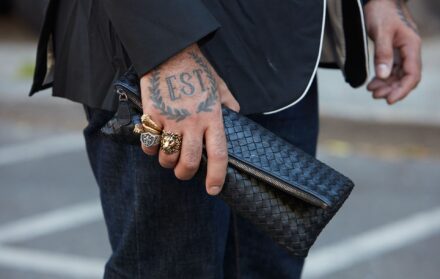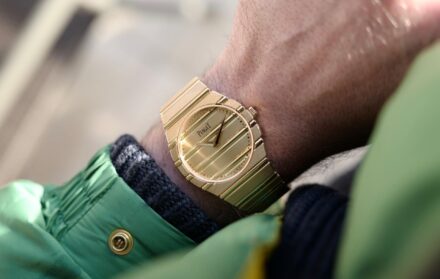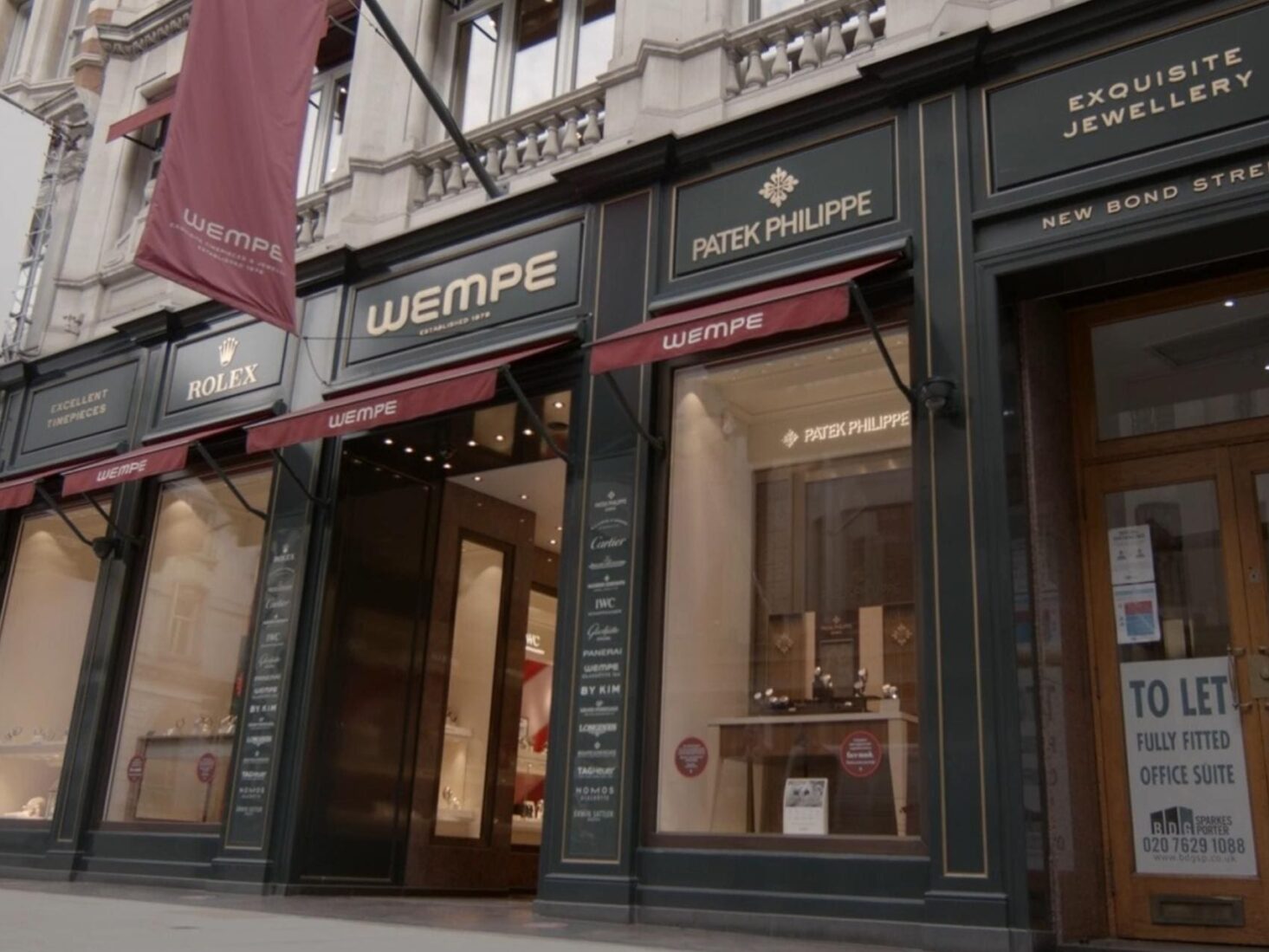
Face time: What makes Patek Philippe watches so special?
References 7300/1201, 5227R and 5205R have become symbolic of the Genevan brand’s assiduous approach to watchmaking
Sponsored by:
Patek Philippe & Wempe London
Given the modern hysteria surrounding Patek Philippe’s stainless steel sports watch – the soon-to-be retired Nautilus 5711 has, it would be hard to argue against, assumed the mantle of World’s Most Collectable Wristwatch – you could be forgiven for forgetting that the Geneva-based brand’s real raison d’etre lies not in utilitarian tool watches but in sophisticatedly-executed dress watches and industry-leading high complications.
The brand’s history, which stretches back to 1839, is littered with world firsts. The first lady’s repeating wristwatch, for example, was created by Patek Philippe in 1916 (a five-minute repeater), followed in the ensuing decade by both the first split-second chronograph and first perpetual calendar wristwatches. The Calatrava, Patek Philippe’s revolutionarily-round, Bauhaus-inspired dress watch, debuted in 1932, shadowed by the world’s first perpetual calendar with chronograph function in 1941. More recently, Patek Philippe patented an entirely-new annual calendar mechanism in 1996, which today powers one of the manufacture’s most coveted collections.
Almost uniquely among the mechanical watch industry’s biggest names, Patek Philippe remains a family-owned and operated business, the company’s current President, Thierry Stern, representing the fourth family member to steer the eminent watchmaker. When attempting to distil the essence of the brand into a trio of watches, it therefore seemed fitting to turn to another time-honoured and family-owned watch business, the New Bond Street-based jeweller, Wempe.
Founded in Hamburg in 1878, and with a showroom in the capital since 1997, Wempe has been working with Patek Philippe in London for a quarter of a century. As the jeweller prepares to celebrate 25 years on New Bond Street in 2022, Luxury London asked sales manager Sunil Madhvani and assistant manager Gregor Mysliwiec to talk us through three of their favourite Patek Philippe timepieces. You can find additional details of each watch below.
Reference 7300/1201R-010

When it was released in 1999, the Twenty-4 arrived with a rectangular case and a quartz-powered movement. Two decades later, the collection was completely reimagined with a circular case and, more significantly, was now powered by Patek Philippe’s self-winding 324 movement – a calibre used in certain Calatrava, Aquanaut and Nautilus models. Reference 7300/1201R was one the first round-dialled Twenty-4 lady’s watches. It debuted with a rose-gold case, brown sunburst dial, and sapphire-crystal exhibition case-back. The model seen in the video above is set with a total of 469 diamonds: 208 on its bezel and lugs, 13 on its crown, and a further 248 on its strap.
£37,350, wempe.com
Reference 5227R-001

The elemental design codes of the Calatrava – its ergonomic round case, uncluttered dial, humble baton hour markers and easy-to-read small seconds sub-dial – were the vision of English watch designer David Penney. Penney’s design, presented three years into the Great Depression in 1932, is today seen as the horological embodiment of the new, less-is-more architectural and design movement that was sweeping across Europe at the time. Faithful to the original Calatrava, today’s 5227R sports baton hour markers and a clean dial, though it is now equipped with a date aperture at three o’clock and centre seconds.
£29,150, wempe.com
Reference 5205R-001

In 1996, Patek Philippe finished work on its Caliber 315 S QA, a mechanism that would allow a watch to indicate the date of months of 30 or 31 days, with only one correction needed to be made each year (on 1 March). Patek Philippe housed the movement within the yellow-gold Reference 5035, a timepiece that went on to be crowned ‘Watch of the Year’ at the 1996 Grand Prix d’Horlogerie de Genève. The annual calendar featured in the film above is the Reference 5205R-001, a modern-day, rose-gold descendant of the original 5035.
£41,170, wempe.com
Wempe, 43-44 New Bond St, W1S, wempe.com

